Pregnancy and becoming a parent is often described as one of the most magical moments in a person’s life. Millions of people dream about becoming parents, giving birth to a new person and raising them into successful individuals.
While pregnancy is something that many people desire, the process of becoming pregnant is complex and often difficult for a large number of couples.
Both partners involved in the pregnancy needs a healthy fertility in order for pregnancy to be possible, but there are quite a lot of problems that may occur and cause problems with the fertility of either partner.
According to Extend Fertility[1], the factor that plays the most significant role in determining how fertile a person is would be their age. As a person grows older, their fertility rate tends to decline gradually.
They continue to report that, while individuals at the age of 25 have a 25% chance of becoming pregnant during intercourse, at the age of 40, that chance reduces significantly to only 5%. Even when vitro fertilization is utilized, the chance of pregnancy still continues to reduce significantly according to the age of a person.
Age, however, is not the only factor that plays a part in fertility. In the past, it has always been thought that women are the primary concern when it comes to infertility, since the prevalence of infertility amongst women were always higher than the infertility rate amongst men.
An article published on Independent[2] a few years back, however, reported that, for the first time in history, male infertility statistics overtook female infertility rates. Thus, instead of looking at the woman first, healthcare professionals now need to conduct an equal examination amongst both partners in a relationship to determine why they are struggling to get pregnant.
Today, we want to focus primarily on male infertility and issues that can cause a man to find it more difficult to reproduce. While sexual dysfunctions are common causes, since it might make sex impossible when the man is unable to have an erection, we would rather like to take a look at a condition that directly affects the man’s sperm quality. The condition we will be discussing in this post is known as Asthenozoospermia.
The Qualities of Sperm that Makes Pregnancy Possible
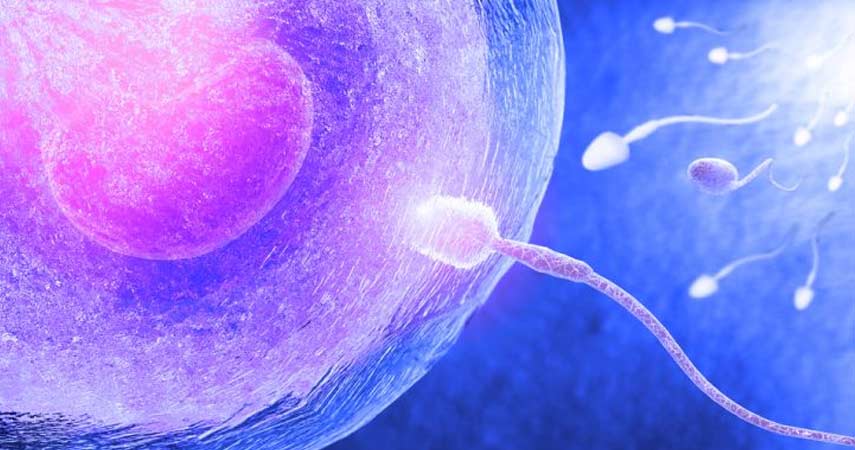
Before we start to explore Asthenozoospermia and discuss how this particular condition affects male fertility, let’s first take a look at the role of sperm in reproduction, how sperm is made and the different qualities that make sperm healthy. The majority of individuals already knows that sperm is an essential part of reproduction, and that pregnancy is not possible with the sperm of a man.
During conception, the sperm will enter the woman’s body and moves toward the fallopian tubes, where the sperm will meet an egg and then attach to it. The process from entering the woman’s body toward reaching the Fallopian tubes can take from as little as 45 minutes to as much as 12 hours.
The sperm then needs to break through the egg’s protective wall in order to fertilize the egg, as explained by Baby Center[3].
This entire process is extremely complicated and there are numerous factors that can affect the sperm’s ability to reach the fallopian tubes, as well as to effectively fertilize the egg.
Mayo Clinic[4] explains that there are three particular properties that need to be considered when determining the health of a man’s sperm, and the sperm’s ability to impregnate a woman. These properties include:
1. The quantity of sperm cells contained within seminal fluids that a man ejaculates during an orgasm. For sperm to be considered healthy, a minimum of 15 million sperm cells should be present per milliliter of semen that is ejaculated during a single orgasm.
When there are not enough sperm cells in the seminal fluid, then the chance of pregnancy is reduced due to the lower number of candidates available for the fertilization of the woman’s egg.
2. The motility of the sperm is considered one of the most essential parts of sperm health, since this particular property explains how well the sperm is able to move.
A healthy motility rating means the sperm is able to move through the cervix and uterus of the woman’s body, and successfully reach the fallopian tubes. Sperm should have a 40% motility rating to be considered healthy.
3. Another important factor that determines the health status of sperm is its structure, also called sperm morphology. This particular factor refers to the shape of sperm cells. Healthy sperm cells should have long tails and an oval head, which makes it easier for the sperm to move forward toward the egg that needs to be fertilized.
Conditions that affect male fertility can affect any of these qualities; thus reducing the man’s chance of conceiving successfully, as his sperm may not be able to reach the egg or effectively penetrate and fertilize the egg.
What is Asthenozoospermia and How Does it Affect A Couple’s Chance of Conceiving?
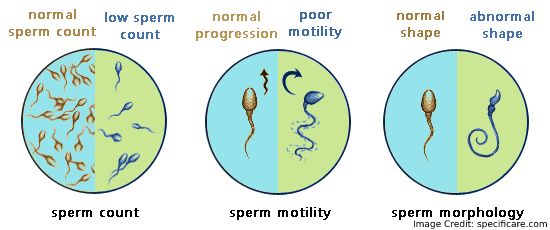
Now that we have discussed the importance of sperm and the different qualities that affect sperm health during pregnancy, let’s discuss Asthenozoospermia, the condition which we would like to address in our article.
Asthenozoospermia is a condition that affects the fertility of men, and refers to a scenario where a man’s sperm has a low motility rate. As we have explained earlier, motility refers to the movement of sperm, and their ability to move toward the egg that should be fertilized by the sperm cells.
When the motility of sperm is low, or when there is an insignificant number of sperm cells in a man’s seminal fluid that moves, then the chance of conception is reduced significantly.
Asthenozoospermia affects a relatively large number of men who suffer from infertility, and there are numerous treatment options available for men who have been diagnosed with this condition.
Diagnosis is considered an important step in treating the condition, as the diagnosis of Asthenozoospermia can help a medical professional determine what the cause behind the condition is in a particular patient; thus allowing them to address the cause to potentially improve the motility of the man’s sperm.
When motility does not improve through the utilization of these treatment options, a couple may also be presented with alternative conception methods, which can help to produce a successful pregnancy without sexual intercourse.
Here, we would like to discuss the possible causes of Asthenozoospermia, look at whether any symptoms may be present when a man suffers from the condition, consider how doctors are able to diagnose the condition and also discuss the various treatment methods that may help a couple reproduce when Asthenozoospermia is causing problems with the man’s fertility.
What are the Possible Causes for Asthenozoospermia?
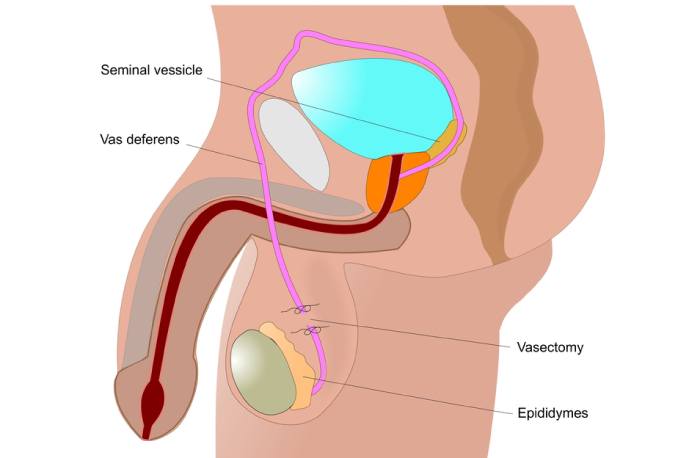
Education about the potential causes of any disease or ailment is essential, since this information informs a particular individual about why they may be experiencing certain types of symptoms, and may also be useful when it comes to preventing the development of some health conditions.
When it comes to Asthenozoospermia, it is important to note that, while the disease can be accurately diagnosed as healthcare professionals know what effects the condition has on the body, scientists are still exploring the reasons why the condition tend to affect some men. There are, fortunately, some potential causes that have been identified. According to the Instituto Bernabeu[5], some causes that may lead to the development of Asthenozoospermia include:
- Certain antisperm antibodies within the male body may cause the motility of sperm to become reduced.
- Age has a significant role in motility. Once a man reaches the age of 45, his sperm motility will gradually start to reduce with age.
- When infection is present in a man’s semen, then it could also lead to a reduced motility of his sperm.
- Vasectomies are also known to lead to this particular issue.
- Problems that affect a man’s testicles may also cause Asthenozoospermia.
- Men who are exposed to certain toxins, such as chemical solvents and fertilizers, are also known to be at a higher risk of developing this condition.
- Excessive alcohol consumption, as well as the use of tobacco products, contributes to Asthenozoospermia. Note that certain drugs, including marijuana, has the same risk factors associated to them.
- A man who suffers from teratozoospermia, a condition where the morphology of sperm is considered to be abnormal, are also at a significantly higher risk of developing Asthenozoospermia.
- Factors that cause the testicles’ temperature to constantly increase can also cause a reduced sperm motility. Wearing tight clothing and sitting in saunas frequently are two particular factors that greatly affect the motility of a man’s sperm.
Are there any Symptoms Men Should Take Note of?

While the common flu, cancer, arthritis and other diseases cause obvious symptoms that can usually be easily identified and provides a healthcare professional with an idea of what the patient may be suffering from, Asthenozoospermia is a condition that does not cause such obvious symptoms.
This is why it is often very difficult for a healthcare professional to determine when a man is suffering from this issue. Fertility is a complex factor that contributes to successful conception, which is why a variety of tests first need to be conducted for a patient to be diagnosed with such a disorder.
The most obvious symptom that would indicate the possibility of Asthenozoospermia would be infertility – meaning the man would not be able to impregnate a woman through sexual intercourse.
Since a variety of factors can contribute to infertility, it is at the same time important to take note of the fact that not being able to conceive successfully does not immediately mean a man has Asthenozoospermia.
There are many other conditions that can also cause problems with a man’s sperm, which is why it is essential for a man to consult the expertise of a medical professional in order to determine if their infertility may be caused by Asthenozoospermia, or rather another condition.
How do Doctors Diagnose Asthenozoospermia?
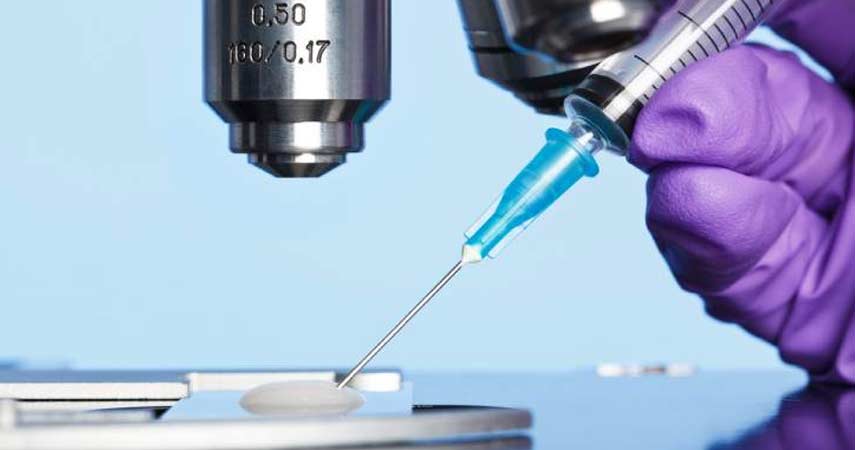
The diagnosis of Asthenozoospermia needs to occur before any treatment options can be discussed with a male patient; thus when a man and woman try to become pregnant but it all seems to fail, it is important for both of them to see a doctor in order to discuss the problems they are experiencing.
Both the man and the woman in the relationship needs to undergo certain tests. The first step is usually to determine who in the relationship is having problems with their fertility.
Once this has been established, further tests can be performed on the individual where fertility issues were detected, which can then help a medical professional identify the specific condition the individual is experiencing; thus causing them to be incapable of conceiving successfully.
Should the doctor determine that the man in the relationship is the one who have a problem with their fertility, then several tests can be performed to identify the specific conditions that are causing the fertility-related problems.
In most cases, a doctor will require a sperm sample from the man to send to a laboratory. During a study at the laboratory, the sperm will be looked upon under a special microscope. The scientists at the laboratory will determine the three different qualities of the sperm, as we have discussed earlier in this post, to see with which particular quality the problem lies.
In addition to looking at the sperm count and the structure of the man’s sperm cells, they will also consider the sperm motility of the sample that is being analyzed. This will help them to determine what percentage of the man’s sperm has movement, or motility.
According to Wikipedia[6], a man will be diagnosed with Asthenozoospermia if the lab results state that the motility rate of his sperm is lower than 32%. This means that less than 32% of the sperm cells contained within the seminal fluid sample that was sent for testing had movement.
Can Asthenozoospermia be Treated Successfully?

Infertility can be quite troublesome, but there are several ways in which such a problem can be treated. It should be noted, however, that sometimes it is not possible for a man suffering from infertility to regain their fertility.
When it comes to Asthenozoospermia, several types of treatment options do exist, but it will depend on the severity of the condition in a particular patient. The more severe the condition, the harder it will be to treat it. Thus, men who suffer from a more significant level of Asthenozoospermia are often provided the option of alternate ways to conceive and become a parent.
For this reason, it is important for a medical professional to have a sample of the man’s seminal fluids tested in a laboratory and to provide the man with accurate information on how serious his condition is.
When the condition is serious and there is an extremely low motility count for the man’s sperm, then it is likely that the doctor will offer the man an alternative method of conception.
This is because it may be very difficult to increase the sperm’s motility if there is already a very low number of sperm cells in his semen that has movement. Since movement is vital for natural conception through intercourse, an alternative method may help to get the sperm cell into the egg without having to move toward the egg by itself.
The particular options that can be offered to a man when his sperm motility is too low for treatment options to be considered include:
- Intracytoplasmic Sperm Injection (Also called ICSI)
- Classic In-Vitro Fertilization (Also called IVF)
- Artificial Insemination
Of these options, it is known that the option with the highest level of success is intracytoplasmic sperm injection. This is because this particular procedure makes sure that the sperm is able to enter the egg for fertilization.
ICSI is also known to significantly reduce the risk that the fertilization may fail. For this reason, in the modern day, ICSI is often preferred over the other methods of conception without intercourse.
We would like to note that, in some cases, the motility of a man’s sperm after he has been diagnosed with Asthenozoospermia can be increased, but this only accounts for cases where motility is not too low.

In such cases, a doctor may provide the man with a dose of powerful antioxidants, as well as supplements that contain high amounts of L-Carnitine. Both of these substances have been shown to provide an improvement in sperm motility, even amongst men who are suffering from Asthenozoospermia.
In addition to these two substances, men will also be advised to adopt a healthier lifestyle that includes a diet rich in nutrients, removing any harmful options from their daily diet and to participate in regular exercise sessions.
What are the Outlook for Men with Asthenozoospermia?
Considering the potential outlook for any disease is important, and a lot of men would like to know what their outlook is when they have been diagnosed with Asthenozoospermia.
This condition is not a serious disease that can lead to death, but it should be noted that the condition can be caused by some more serious ailments; thus finding the cause needs to be an important part of the diagnosis that occurs prior to treating a man for Asthenozoospermia.
The outlook regarding whether a man would be able to become a parent due to the infertility caused by Asthenozoospermia depends on how severe a particular male patient’s condition is. In cases where motility is not too low, certain treatments may improve sperm motility; thus leading to a higher chance of successful conception.
In cases where the condition is more serious, alternative conception methods may be utilized, such as intracytoplasmic sperm injection, which may yield positive results.
Tips for Preventing the Development of Asthenozoospermia

Since Asthenozoospermia is a condition that can be quite disappointing when diagnosed with, it is important for men to consider following certain steps to minimize their risk of ever developing a low sperm motility rate.
Preventing Asthenozoospermia from occurring is the best way to counteract its effects on sperm and fertility, since once developed, the condition may make it much more difficult for the man to become a parent.
Food is known to have a considerable impact on sperm quality and wellbeing, and several types of food have been scientifically-proven to boost motility in sperm when consumed on a regular basis. Natural Health For Fertility & Pregnancy[7] recommends eating more food that is high in the following compounds:
- Zinc
- Selenium
- L-Carnitine
Maca root powder and bee pollen are also two excellent type of foods that can be used to provide a significant improvement in sperm motility.
In addition to diet, however, a lifestyle that focuses on healthy traits, such as a diet that contains whole-foods and other nutrient-rich foods, and an active lifestyle that includes a lot of physical exercise, are also very beneficial when it comes to boosting sperm motility, as well as for improving sperm count and overall sperm health.
Read Next: Top 10 Foods That Improve Sperm Count And Quality
Final Words
Fertility is the most vital factor that plays a part in a couple’s ability to become parents. When fertility issues arise with either the man or the woman, or sometimes even both partners, then pregnancy may not be possible, or at least not easily achieved.
For this reason, becoming educated about particular factors and conditions that may affect a couple’s opportunity to fall pregnant and become parents is important. Knowing what symptoms to look out for and what particular risk factors to avoid while trying to conceive can help avoid potential problems that may interfere with a couple’s efforts to become pregnant.
In this post, we focused on one particular condition that is known to have a negative impact on male fertility, Asthenozoospermia.
We discussed various aspects of this condition, including the potential causes that may lead to the symptoms of the condition, how medical professionals diagnose the condition and, of course, what type of treatment options a man can expect should they be diagnosed with Asthenozoospermia.
Furthermore, we also shared the possible outlook for men diagnosed with this condition and provided some vital tips that can help men avoid Asthenozoospermia and keep their sperm healthy.
Feature Image: Shutterstock.com
In-Post Image: Shutterstock.com & Specificare.com

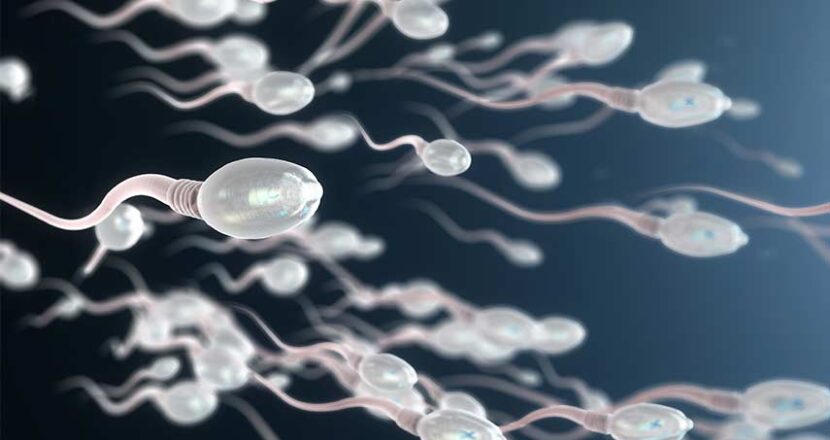







 This article changed my life!
This article changed my life! This article was informative.
This article was informative. I have a medical question.
I have a medical question.
 This article contains incorrect information.
This article contains incorrect information. This article doesn’t have the information I’m looking for.
This article doesn’t have the information I’m looking for.